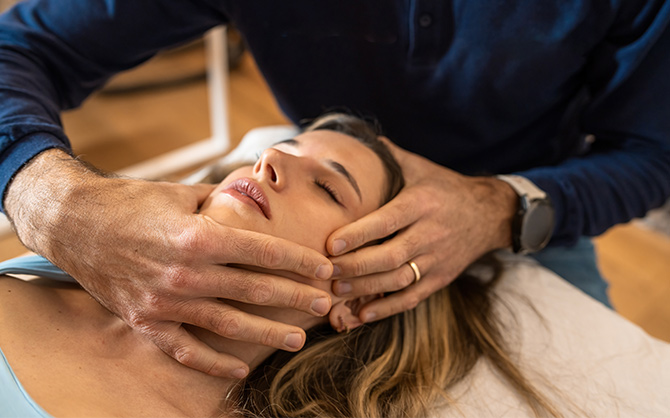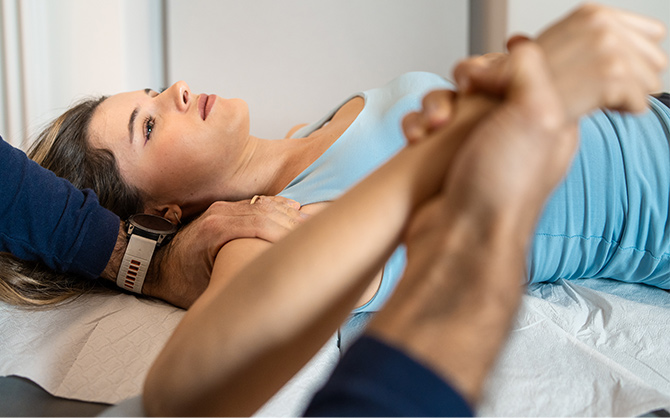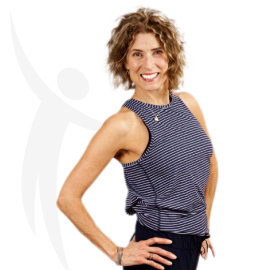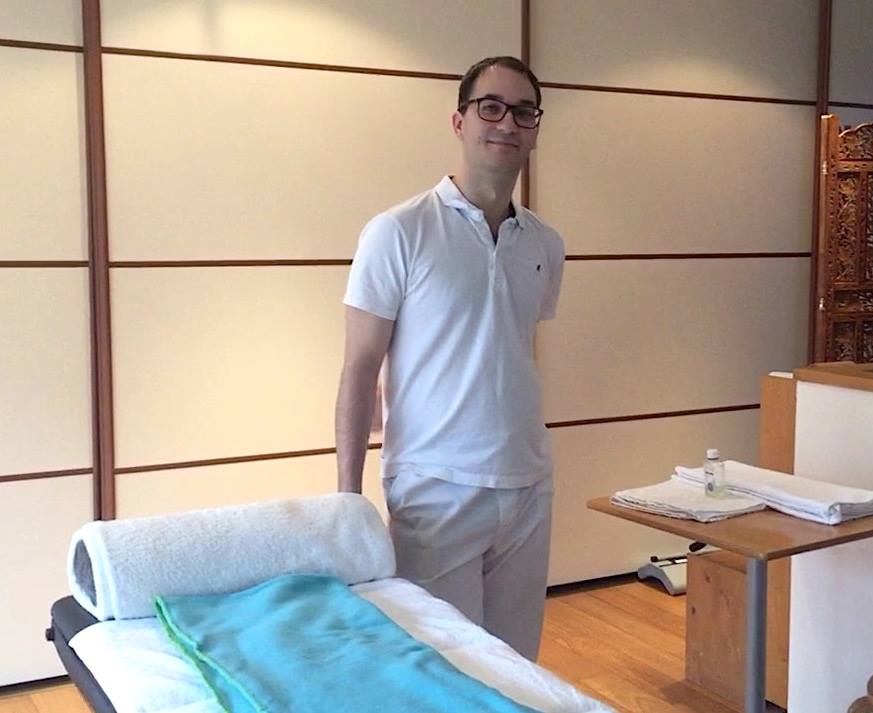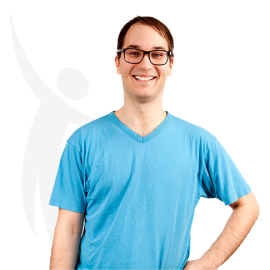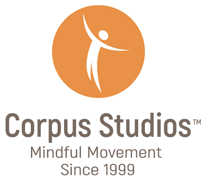Osteopathy
Osteopathy is a holistic form of medicine that focuses on diagnosing and treating musculoskeletal issues through hands-on techniques. An osteopath, or osteopathist, uses specialized methods to enhance the body’s natural healing abilities and restore balance. Osteopathy medicine emphasizes the connection between the body’s structure and function, aiming to improve overall health and well-being. In addition to traditional osteopathy treatments, we offer osteotherapy and osteopath massage, combining various techniques to address pain, improve mobility, and promote relaxation. Whether you’re dealing with chronic pain, recent injuries, or postural issues, our osteopaths tailor each session to your individual needs, helping you achieve better health and a more comfortable lifestyle.
